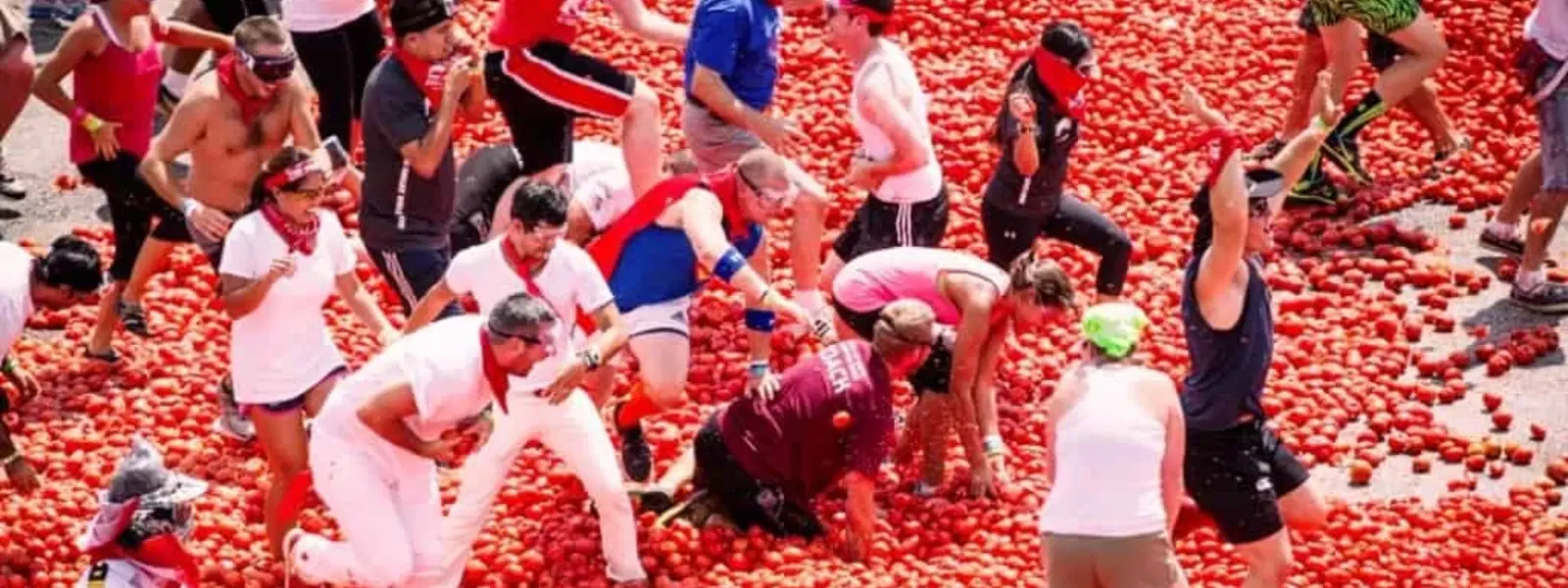
Hotels
•04 min read

The vibrant Pola Festival in Maharashtra is a colorful celebration that pays tribute to the hardworking bulls and the agricultural community. In this guide, you will discover the rich traditions, rituals, and cultural significance of Pola, learning practical tips on how to observe this cherished festival authentically. As you read on, immerse yourself in the sensory delights of decorated bulls, folk songs, and festive delicacies, all while understanding the vital role these noble creatures play in rural life.
Pola Festival is a traditional celebration dedicated to honoring bulls, the unsung heroes of the farming world. Originating from Maharashtra, this festival has deep roots in rural life as it acknowledges the contribution of bulls in agriculture. Although similar celebrations can be found in states like Chhattisgarh, Maharashtra stands out with its unique customs and rituals, making the festival a vibrant reflection of local heritage.
The celebration of Pola is steeped in cultural and agricultural significance. Bulls have been an indispensable part of farming for centuries, and Pola offers a way to express gratitude for their tireless work. This festival not only strengthens the bonds within rural communities but also reinforces traditions that celebrate the intertwined lives of farmers and their animals.
In the days leading up to Pola, farmers engage in meticulous preparations to honor their bulls. The process involves thorough cleaning and adorning the animals with vibrant colors, ornaments, and garlands. Rural markets come alive with an array of decorative items as locals shop for the best embellishments, setting a festive tone that resonates with the rich culture of Maharashtra.
On the day of the festival, a series of heartfelt rituals are performed to pay homage to the bulls. Farmers apply turmeric and vermillion to the animals as a sign of respect and blessing, while a grand procession sees the decorated bulls parade through villages. The air fills with the sound of folk songs and traditional dances, uniting communities in a vibrant celebration of life and labor.
No festival is complete without its culinary delights. During Pola, communities come together to prepare and enjoy traditional dishes such as puran poli and modak. These festive delicacies not only satisfy the palate but also enhance the sense of unity and joy during communal feasts, making the festival a true celebration of local flavors and traditions.

Pola Festival is a reflection of the deep-rooted cultural values in Maharashtra. It preserves rural traditions and reinforces community bonds that have been passed down through generations. The celebration is a reminder of the respect and reverence for nature and its creatures, highlighting the importance of living in harmony with the land.
Bulls are vital in agriculture, providing the strength and stamina required for daily farming activities. The festival recognizes this contribution and aligns with other Indian agricultural festivals that honor nature's abundance and the ancient practices of farming. This appreciation of bull power is central to the theme of Pola festival Maharashtra honoring bulls.
Pola not only celebrates cultural heritage but also supports the local economy. The festival boosts activity in rural markets where artisans and vendors sell intricately crafted decorative items for bull decoration. Additionally, Pola catalyzes tourism and raises awareness about Maharashtra cultural events, drawing visitors who are eager to experience the charm of rural traditions and festivals for farmers in India.
For those wishing to take part in this heartwarming celebration, here are some practical steps to observe Pola authentically:
Begin by cleaning and decorating your bull with vibrant colors, ornaments, and festive garlands.
Offer traditional worship rituals, including applying turmeric and vermillion, as a mark of respect.
Join local processions and community events to experience the full spirit of the festival.
If you are new to Pola, start by connecting with local communities where the festival is celebrated. Look for local decoration markets and ask for guidance on the specifics of bull decoration for Pola. Engage with elders or community leaders to learn traditional songs and dances, ensuring your participation is respectful and enriching.

Even urban communities can partake in the festive mood of Pola. Consider hosting cultural events or educational workshops that focus on the festival’s rituals and history. Social media serves as a powerful tool to share stories and images of Pola festival traditions, amplifying the festival's reach and ensuring that its significance is celebrated in a contemporary context.
"Did you know? Pola Festival is not just about honoring bulls—it’s a celebration of the symbiotic relationship between humans and animals in agriculture. By participating in Pola, you contribute to preserving a centuries-old tradition that underscores the importance of sustainable farming practices."
Bulls are worshipped during Pola Festival as a gesture of gratitude for their role in farming and agriculture.
Pola Festival signifies the cultural and agricultural importance of bulls, celebrating their contribution to rural livelihoods and fostering community bonds.
Bail Pola is celebrated in Marathi culture to honor bulls, express gratitude for their hard work in farming, and preserve rural traditions.
Bendur refers to the festive celebration of bulls, similar to Pola, observed in Maharashtra with rituals, decorations, and processions.
The Pola Festival is a heartfelt celebration that weaves cultural heritage, agricultural prowess, and community spirit into one vibrant tapestry. From the meticulous pre-festival preparations to the lively processions and sumptuous feasts, every aspect of Pola highlights the essential role bulls play in sustaining rural life. This festival not only honors the indispensable contributions of these noble animals but also reinforces the social and economic foundations of Maharashtra’s countryside. By embracing Pola, participants help carry forward a legacy steeped in tradition and reverence for nature.